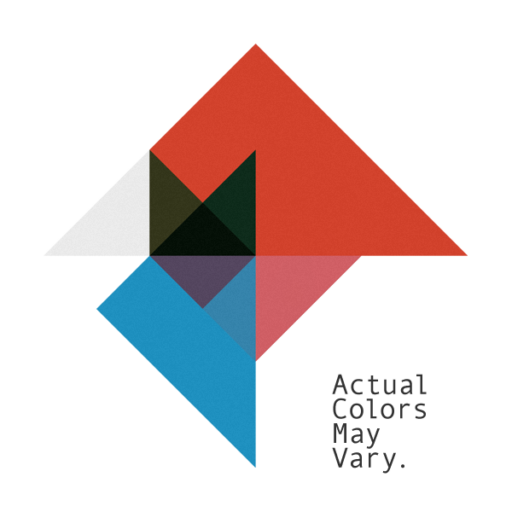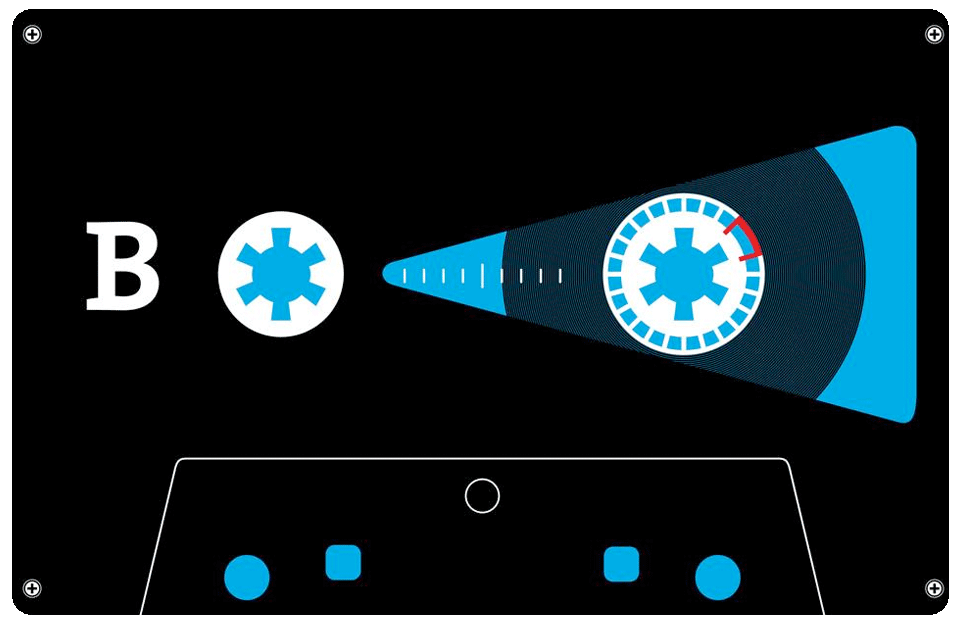ACMV is starting a new series about psychedelic music that was recorded with the help various early electronic instruments, self-made effect gear and the skills of outstanding producers of experimental psychedelic pop music. Starting in the year 1957 this odyssey will take you through the multicolored psychedelic scene of the late 1960s and early Seventies, guiding you further through the rise of early Prog-Rock, electronic „Kraut-Rock“, Proto-Disco, Almost-New-Wave and Pre-Electronica from Germany, France, UK, USA, Canada, Turkey, Japan, Brazil, Australia, Switzerland, Italy, Iran and Pakistan.
This compilation is not meant to be and cannot be complete or flawless, it’s a mixtape of our favorite electronically enhanced psychedelic music, if you know more great examples, we’re always open for suggestions and corrections. We think the spirit of experimental producers and musicians figuring out how to evolve their sound aesthetics with room-sized synthesizers and do-it-yourself effects is worth the journey and gave birth to all contemporary electronic music, it all has been there before and everything goes in cycles.
It would be probably wrong to sort the three starting tracks from 1957 and 1962 under „Psychedelic Music“, but they they are great examples of very early electronic music that tries to liberate itself and be outstanding in its on way. The experiments with various drugs and the uprising of Psychoanalysis on one hand and the first attempts to go to space made an equally important impression on psychedelic music and the eerie and spaced-out electronic effects and instruments invented by producers like Raymond Scott and Joe Meek reflecting those human achievements and their state of mind.
„Psychedelic states are an array of experiences including changes of perception such as hallucinations, synesthesia, altered states of awareness or focused consciousness, variation in thought patterns, trance or hypnotic states, mystical states, and other mind alterations.“
http://en.wikipedia.org/wiki/Psychedelic
In the 1950s only a handful people had actually access to the even fewer, very expensive and huge electronic instruments. That didn’t change until the first wave of affordable and transportable synthesizers, the Moog for example, came out around 1964. The first and often used electro-mechanical instrument, the „Mellotron“ came out in 1966 and is per se not an electronic instrument but had a big influence on psychedelic pop music. One of the very first and very tiring examples of music made with only electronic instruments is „Gesang der Jünglinge“ by Karl-Heinz Stockhausen in 1955.
Tom Dissevelt & Kid Baltan (1957)
The composer Tom Dissevelt from Leiden, Holland seems to have been under the influence of Stockhausen’s early electronic work but managed to define a more rhythmical and song-based sound for his own.
Raymond Scott – Cindy Electronium (1959)
Another amazing composer of early electrnonic music, Raymond Scott from New York, started his own company „Manhattan Research“ already in the 1940s to „design and manufacture electronic music devices and systems“ as the „Keyboard theremin“, „Chromatic electronic drum generators“ and „Circle generators“ and was a big influence on Bob Moog.
The Tornados – Telstar (1962)
http://www.youtube.com/watch?v=r-YQumHjLjM
Joe Meek was a pioneering English record producer and songwriter experimenting with to that time cutting edge production methods. The song „Telstar“ about the first satellite to relay television signals uses the „Clavioline“, a forerunner to the first analogue sythesizers and also features the distorted signals of the satellite transmissions itself at the beginning of the track.
Part 2 will feature the start of the psychedelic era in 1966, soon to come. (update: see below for Part 2+3)
Picture: collage using a frame from John Whitney’s early computer genrated graphics: „Catalog“ (1961).
–
Related articles on ACMV:
☞ ACMVs Electronic Psychedelica, Part 2
☞ ACMVs Electronic Psychedelica, Part 3


